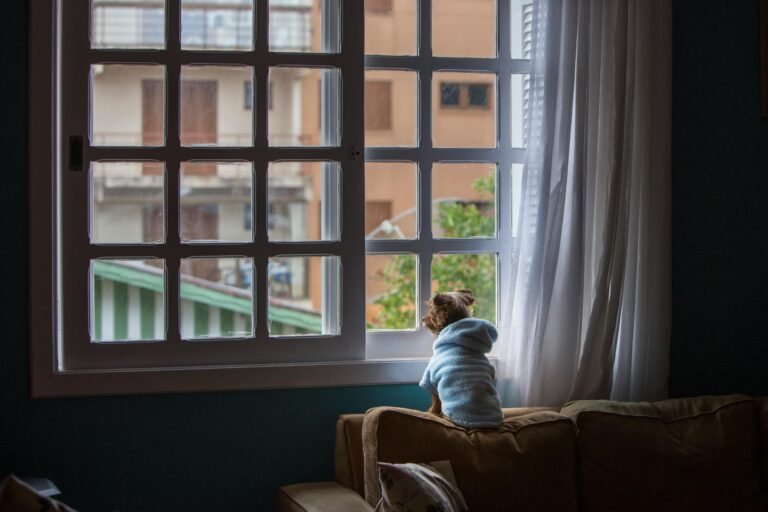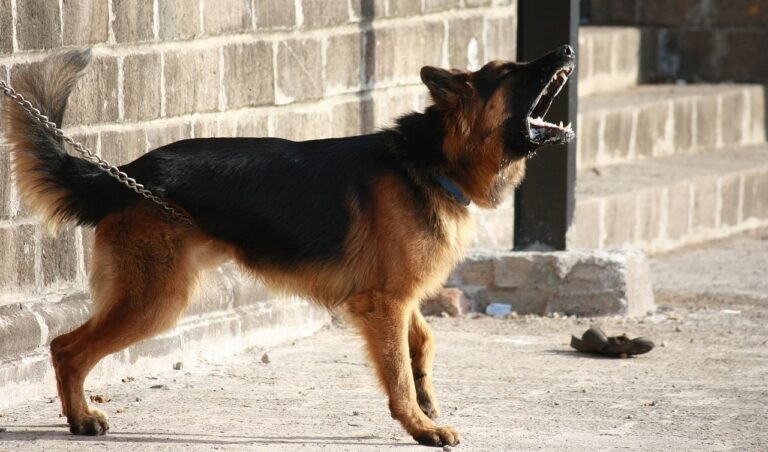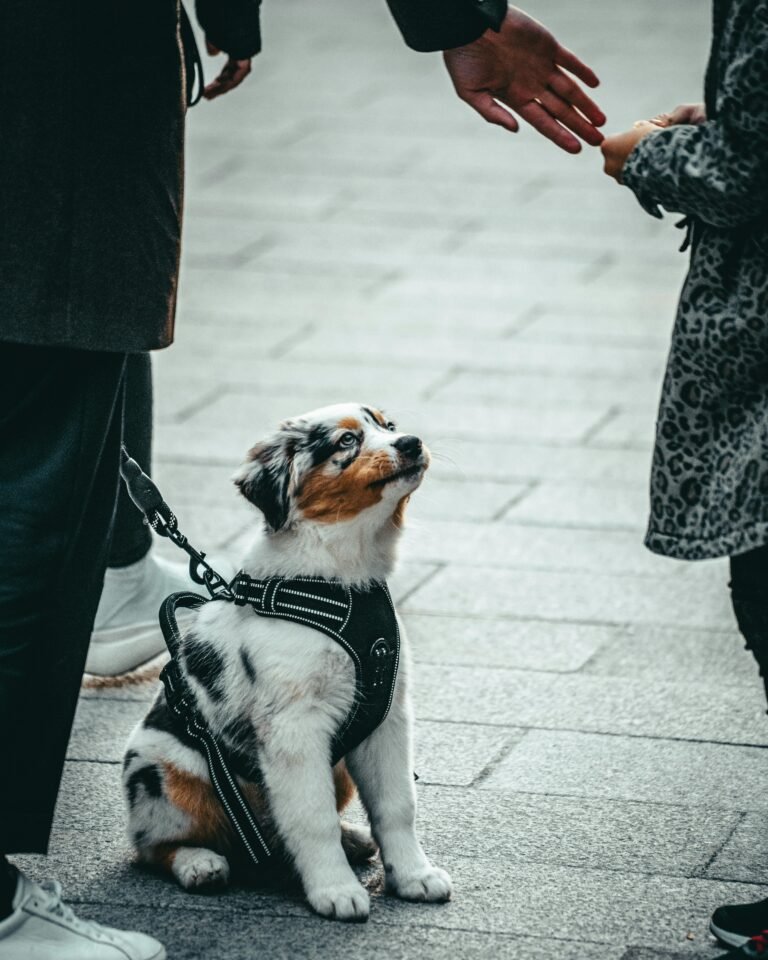Introduction
Crate training is one of the most effective ways to provide structure, safety, and comfort for your dog. Far from being a punishment, a properly introduced crate becomes a secure den where your dog can relax and feel safe. Whether you’re raising a puppy, adopting a rescue, or managing behavior issues, crate training offers countless benefits for both dogs and owners. This article walks you step by step through crate training, covering benefits, methods, troubleshooting, and long-term use to ensure success.
Why Crate Training Matters
A crate, when used correctly, is not a cage but a personal sanctuary for your dog. It has multiple advantages:
- Housebreaking: Puppies naturally avoid soiling their sleeping areas, making crates invaluable for potty training.
- Safety: Keeps curious dogs from chewing wires, swallowing objects, or getting into danger when unsupervised.
- Travel: Reduces anxiety and improves safety in cars and on planes.
- Rest and Recovery: Provides a controlled space for dogs recovering from surgery or illness.
- Comfort: Dogs are den animals by nature — many enjoy having a cozy, enclosed spot to retreat.
Choosing the Right Crate
Not all crates are created equal. Consider these factors:
- Size: The crate should be large enough for your dog to stand, turn, and lie down comfortably — but not so large that they can soil one side and sleep on the other.
- Type: Wire crates provide ventilation and visibility, while plastic or fabric crates feel cozier and more den-like. For training, wire crates with dividers are often recommended.
- Durability: Heavy chewers may need reinforced crates, while calm dogs can use lighter options.
- Location: Place the crate in a quiet but social spot, such as a living room corner where your dog can feel included but not overwhelmed.
Step-by-Step Crate Training
1. Introduce the Crate Positively
Never force your dog into the crate. Start by leaving the door open and placing soft bedding and a toy inside. Use treats or meals to encourage exploration. Allow your dog to enter and exit freely until they feel comfortable.
2. Short Sessions with the Door Closed
Once your dog enters willingly, begin closing the door for short periods. Stay nearby and reassure them. Open the door before they whine, so they don’t associate crying with release.
3. Gradually Increase Crate Time
Extend crate sessions by minutes at a time. Start leaving the room briefly, then for longer intervals. Over time, your dog learns the crate is a safe, predictable space, even when you’re not around.
4. Crating Overnight
Once your dog is comfortable, begin crating overnight. Puppies may need nighttime potty breaks, so set an alarm to let them out. Adult dogs can typically sleep through the night once accustomed.
Tips for Success
- Make the crate inviting with blankets, toys, or a worn T-shirt that smells like you.
- Feed meals inside the crate to build positive associations.
- Use puzzle feeders or chew toys to keep them occupied.
- Keep sessions positive and never use the crate for punishment.
Common Mistakes to Avoid
- Leaving Dogs Too Long: Puppies should not be crated longer than 3–4 hours at a time. Adult dogs can manage 6–8 hours, but crates should not replace exercise and social interaction.
- Using Crate as Punishment: This creates fear and resentment. The crate should always be a safe, happy place.
- Moving Too Fast: Rushing training can lead to whining, stress, or destructive behaviors. Go at your dog’s pace.
- Ignoring Exercise Needs: A crate is not a substitute for physical and mental stimulation.
Troubleshooting Crate Training
If your dog struggles, here are solutions:
- Whining or Barking: Wait for a quiet moment before letting them out. Otherwise, they may learn that noise = freedom.
- Fear of Crate: Go back to basics. Keep the door open and toss treats inside, rewarding calm behavior around the crate.
- Accidents in Crate: Ensure the crate isn’t too large, and stick to a potty schedule. Puppies especially need frequent breaks.
Crate Training Puppies vs. Adult Dogs
Age makes a difference:
- Puppies: Adapt quickly but need frequent potty breaks and short sessions.
- Adult Dogs: May have ingrained habits, especially rescues. Patience and positive reinforcement are essential.
Alternatives to Crate Training
While crates are excellent tools, some owners prefer alternatives. Options include playpens, baby gates to restrict access to rooms, or designated dog-safe spaces. However, crates remain one of the most effective and versatile training methods.
Conclusion
Crate training is not about confinement — it’s about creating a safe, structured environment that benefits both dogs and owners. With patience, consistency, and positive reinforcement, your dog will learn to see the crate as a cozy retreat rather than a cage. Whether for potty training, travel, or peace of mind at home, crate training is one of the best investments you can make in your dog’s lifelong comfort and well-being.






